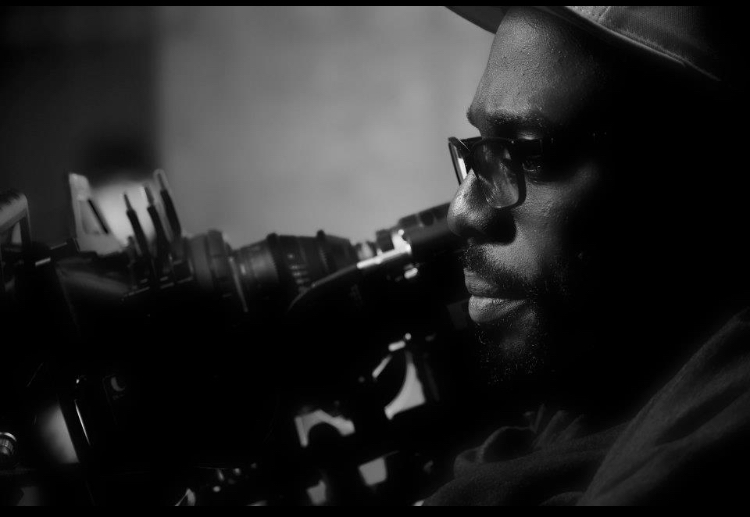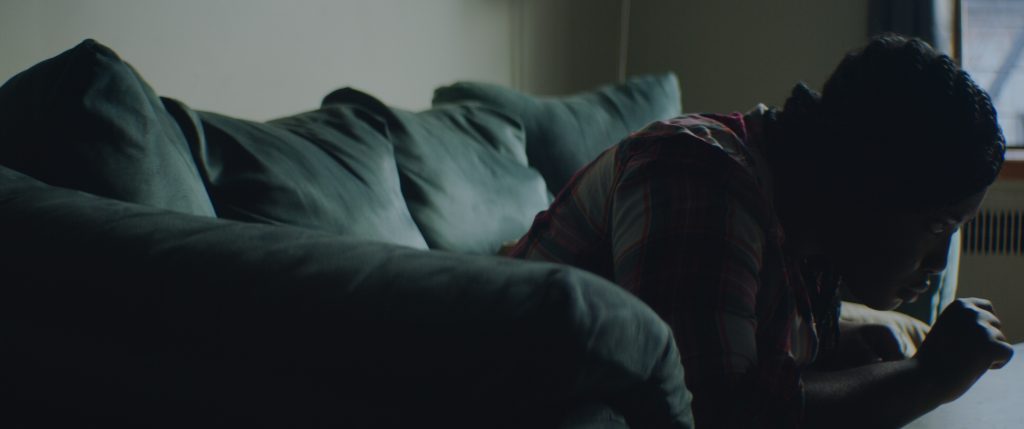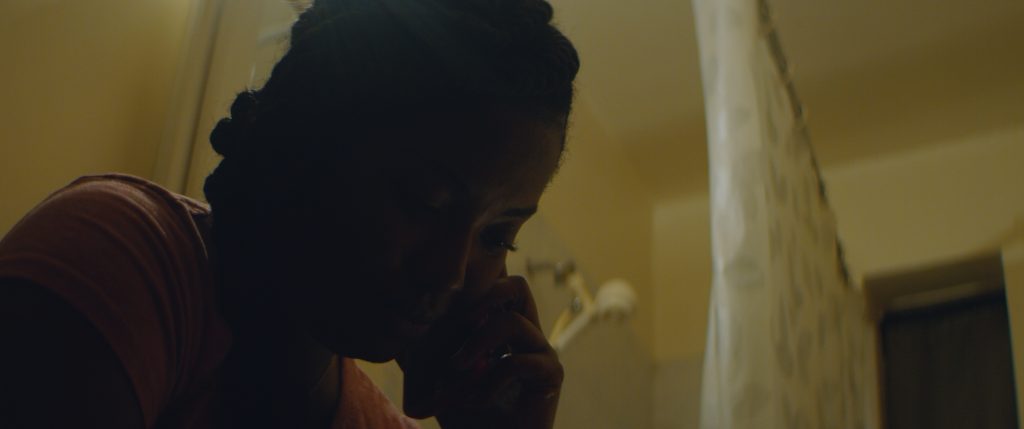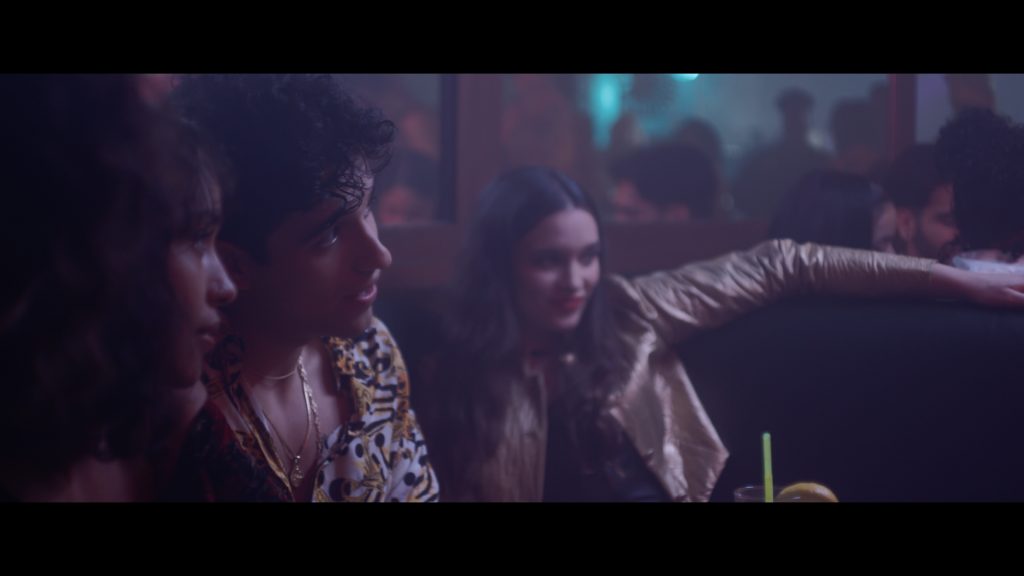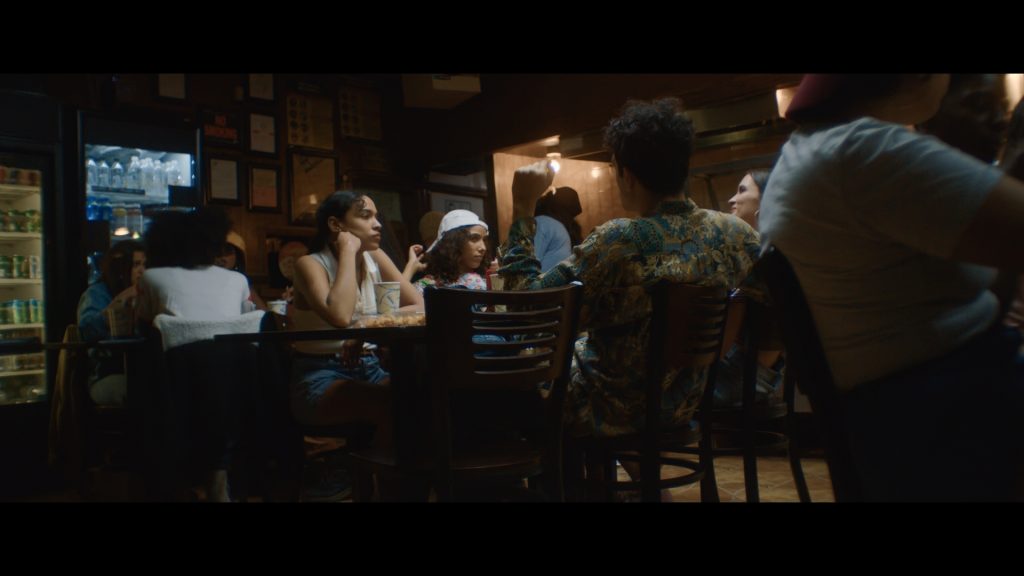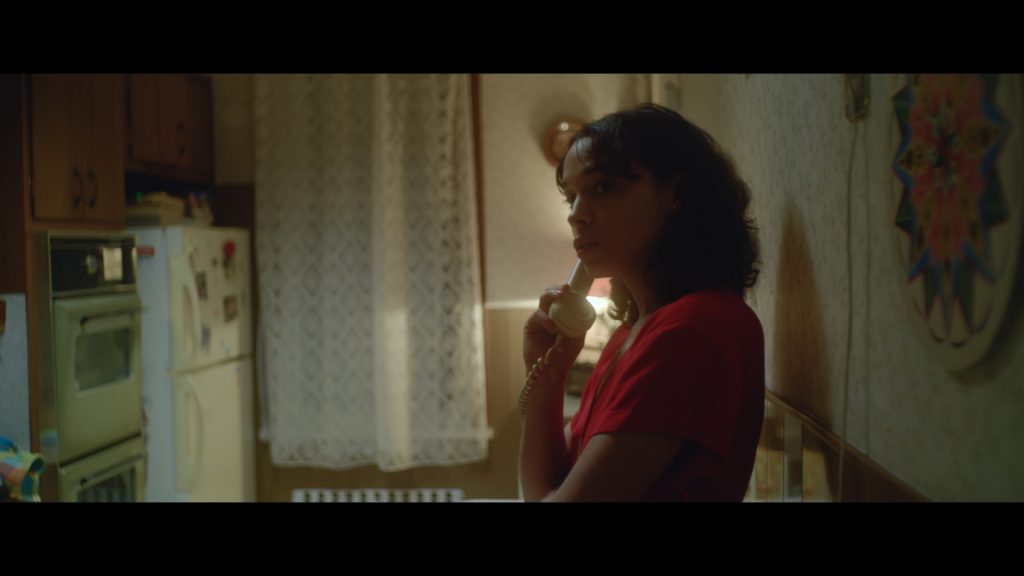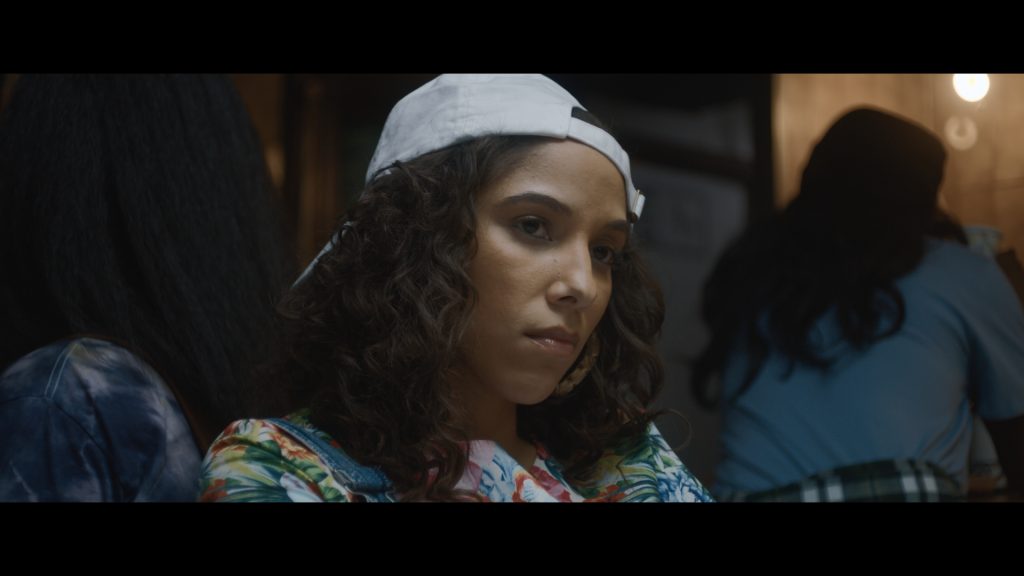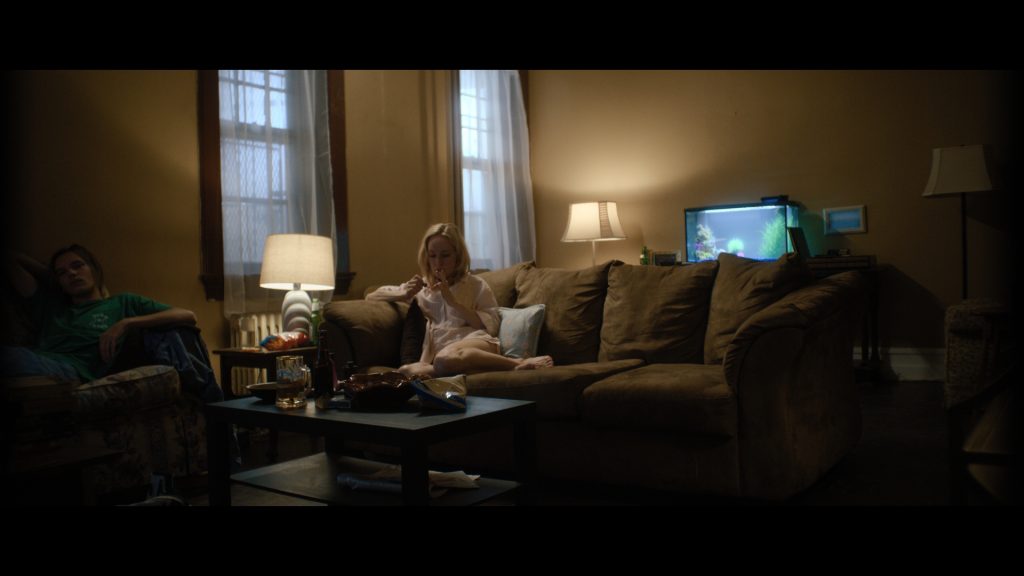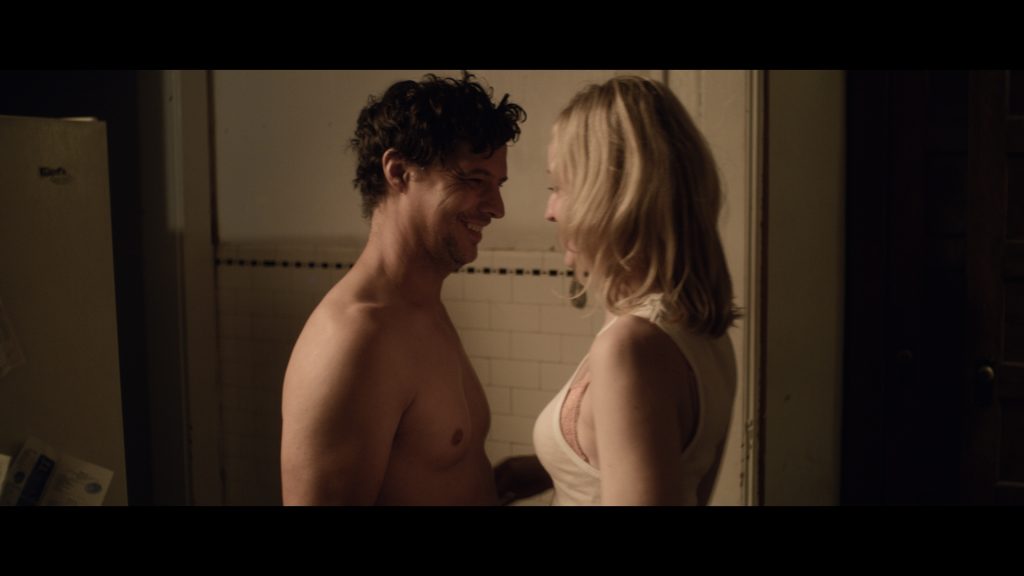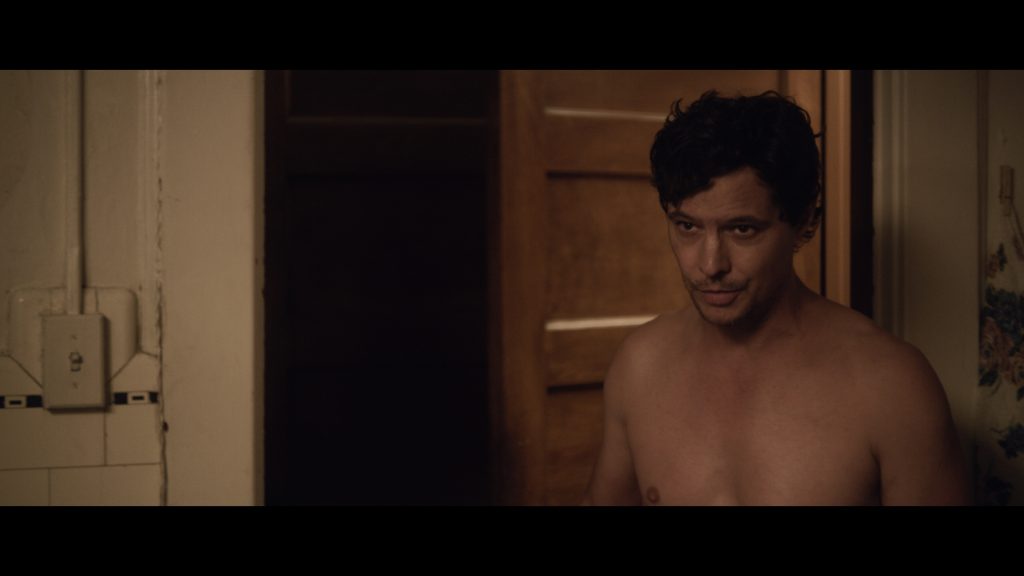Throughout February, we are featuring a series of discussions with some of today’s most influential Cinematographers and Gaffers of color. These artists talk about their journey into the industry, advice to young aspiring artists, and the art that has had an impact on their work. This edition features Cinematographer Jamal Solomon (Random Acts of Flyness, Impossible Monsters, and the upcoming film iGilbert.)
When did you become interested in working in film? What made you want to get into the industry?
In 2011, I had a helping hand from someone who felt I could lens films after seeing the photos I was taking. After a bit of research, I felt excited by how much sense it made.
Describe your journey in becoming a Cinematographer. Historically speaking, the camera & lighting community has not been very diverse. What was the process like for you?
What advice would you like to give young Black aspiring Cinematographers?
What are some changes you believe the industry should make to help Black filmmakers have their voices heard moving forward?
Ultimately, I feel we deserve a fair chance to work, to be mentored & taught, and be given opportunities to climb the ranks in the same way our non-African-American peers are afforded. There is something called the “attraction effect” which is a subconscious bias in which people tend to hire or help those who remind them of themselves. I think for our industry to make a change, those in positions of power need to acknowledge the possibility of that bias within themselves and actively work against it so that our field can truly diversify in a meaningful way.
Growing up, did you have any inspirational Directors, DP’s, Gaffers that have inspired you.
Harris Savides’ work comes to mind. He was an artist but one that was very accepting of how technical he was, as well. I’m thankful for the ways he shared his talents with the world before his passing. I also enjoy Jonathan Sela’s work as a DP and Christian Epps’s work as a gaffer because of their smart use of color. When they use it, I find that it allows for the story’s world to be extended.
What are some of your favorite films? Have any of these films influenced your work?
Continuing from the last question, Harris Savides’ work in and The Game (1997) & The Yards (2003) are ones I greatly admire. Harry, in my opinion, never crafted frames with darkness for darkness’s sake. It was purposed to contextualize the characters in their environments. It’s a sensibility I like to apply to my work.
Could you tell us about a show or project you are currently working on?
Currently, I’m lensing a branded narrative piece for New York Urban League. It’s very much a challenge in approach. One of the uphill climbs, of course, is how we’ll approach the lighting. For this piece, we’re going through history and we’ll use lighting as a measure to get us from one event to the next WHILE being specific to the league’s foundation. But it’s also a matter of using the lighting to frame the historical event as accurately to that period as possible.
The following images are from a short Jamal worked on with some friends called Goldfin.
“We decided to get together one weekend, purposely reduce our resources with the point to focus our efforts on strong storytelling. It was a really fun exercise that I would do more often, if possible. ”
The images below are from Angelfish which is currently available to stream on major streaming services.
“It’s a film that takes place in The Bronx, NY during the 90s. As the days went on, I realized how fortunate I was to be able to look in any direction we wanted and have a beautiful frame. And it was all thanks to work done with the production design and wardrobe. Composing and lighting become easier at that point. I consider myself very lucky to have experienced how reciprocal that artistic relationship can be.”
You can catch Jamal Solomon’s latest work in Angelfish which is available to rent on major streaming services. Keep up with Jamal on his Instagram @_rustyryan

